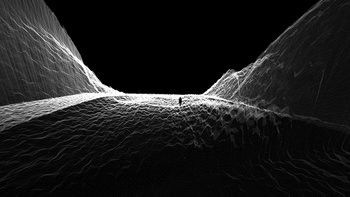
Demographic
A demographic is a segment based on the characteristics of people. For example, a hotel near a theme park that caters to families with young children.Age | Culture |
Education Level | Employment |
Ethnicity | Family Size |
Gender | Generation |
Health Status | Income Level |
Language | Life Stage |
Marital Status | Profession |
Religion | Residence Type |
Wealth |
Geographic
Targeting customers by where they live or spend time. For example, a restaurant that targets office workers in a particular neighborhood.City | Leisure Location |
Living Location | Nation |
Neighborhood | Region |
Rural | Shopping Location |
Suburban | Urban |
Work Location |
Psychographic
Segmentation based on how people think. For example, an organic tea for people who are concerned about health and the environmental impact of their purchases.Affinity | Attitudes |
Causes | Interests |
Opinions | Personality |
Values |
Behavioral
Segmentation based on consumer behavior and situation. Behavioral segmentation tends to overlap a great deal with psychographic segmentation. For example, a shoe for a consumer who seeks social status and has an affinity for gold and other glitzy colors.Adopter Status | Brand Loyalty |
Customer Journey | Customer Needs |
Customer Perceptions | Customer Satisfaction |
Engagement Level | Knowledge of Product |
Lifestyle | Occasions |
Price Sensitivity | Purchase Motivation |
Recently Purchased Items | Recently Viewed Items |
Risk Perceptions | Shopping Frequency |
Shopping Style | Situation |
Usage Frequency |
Firmographic
Characteristics of organizations that are used to segment for b2b marketing.Budget by Product Category | Business Needs |
Buying Situation | Credit Rating |
Customer Satisfaction | Customers of a Competitor |
Firm Size | Industry |
Location | Market Share |
Number of Employees | Number of Locations |
Organization Type | Organizational Structure |
Ownership Factors | Purchasing Cycle |
Purchasing Process | Revenue |
Share of Wallet | Years in Business |

















